Hi Ronin1973,
Ha, ha, thank you very much for your honest opinion and feedback on this matter. This gives me valuable feedback, realising that my idea didn't work very well, since I thought when I explain in chapter 1 how to use the review report, readers don't have to read the entire review report...
The idea is, that if you don't have time, that you just check out chapter 2, which is a short summarise of the (entire) review report.
In case you have a bit more time, then you only need to read chapters 2 up till 6, which is less or just at 20 pages (without contents and the bla-bla stuff).
If you yet still have more time you can go through chapter 7 which explains every parameter or characteristic that has been used or indicated for in the review report, but you don't have to read chapter 7. If you read it once, it's valid for all the review reports. The version number of chapter 7 provides you an idea if you might want/need to reread chapter 7 in another year time if the version number is too far of from when you read it for the last time but even that isn't a must to understand the rest of the review report.
By the way, the review reports are not a replacement for a user manual, I refer explicitly in the review report to the manufacturer's manual (if one available).
To summarise: For those who really have less time only read chapter 2. For those who have a bit more time read chapter 2 up till chapter 6, around 20 or less pages.
I hope this explanation helps :-) Thanks a lot for your feedback and if you have suggestions for improvements, add-ons, or what-so-ever, please do let me know. Kind regards, Garfield.

